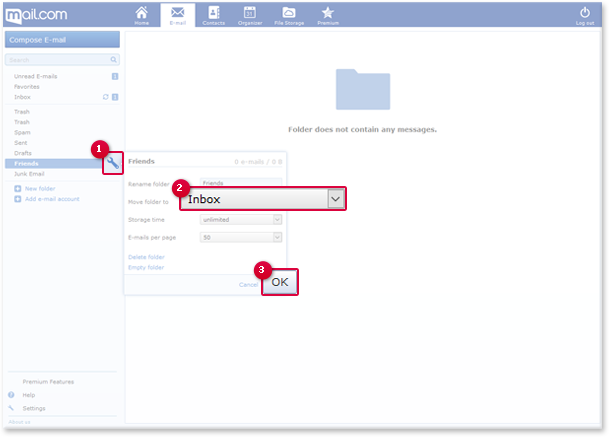


The SQL code: select 'alter database add standby logfile '''|| You just want to create the standby redo logs, right? Then use the dynamic SQL and you’re done. While it would be nice if the RMAN DUPLICATE command added the standby redo logs, it does not.Ĭonfiguring real-time apply (using standby redo logs)
Does clearing a logfile rename it oracle series#
Since I’m focused on providing ways for you to “get the job done”, I have also included some SQL that uses dynamic SQL to generate a series of ALTER DATABASE ADD STANDBY LOGFILE commands to run on both the primary and standby databases. Rather than regurgitate the documentation, I have attached the links to the specific parts of the documentation. So the loss of data in the event of a failover is minimized. This is not the same level of redundancy or availability of Oracle RAC, but getting close.Įssentially, the standby redo logs are populated with redo information as fast as the primary redo logs, rather than waiting for the redo log to be archived and shipped to the standby. These are required to enable real time apply of redo data onto the standby. They review the documentation generated from your database failover test and see that the time to switchover is slow and that there is still a possibility of losing some data.Įnter standby redo logs. Management is now happy with the Mean Time To Recovery (MTTR)… but not really. So you have created your standby database using the RMAN DUPLICATE command, you have set the minimum log switch individual using ARCHIVE_LAG_TARGET, and you have sorted out those nasty “datafile missing” errors using automatic file management.


 0 kommentar(er)
0 kommentar(er)
